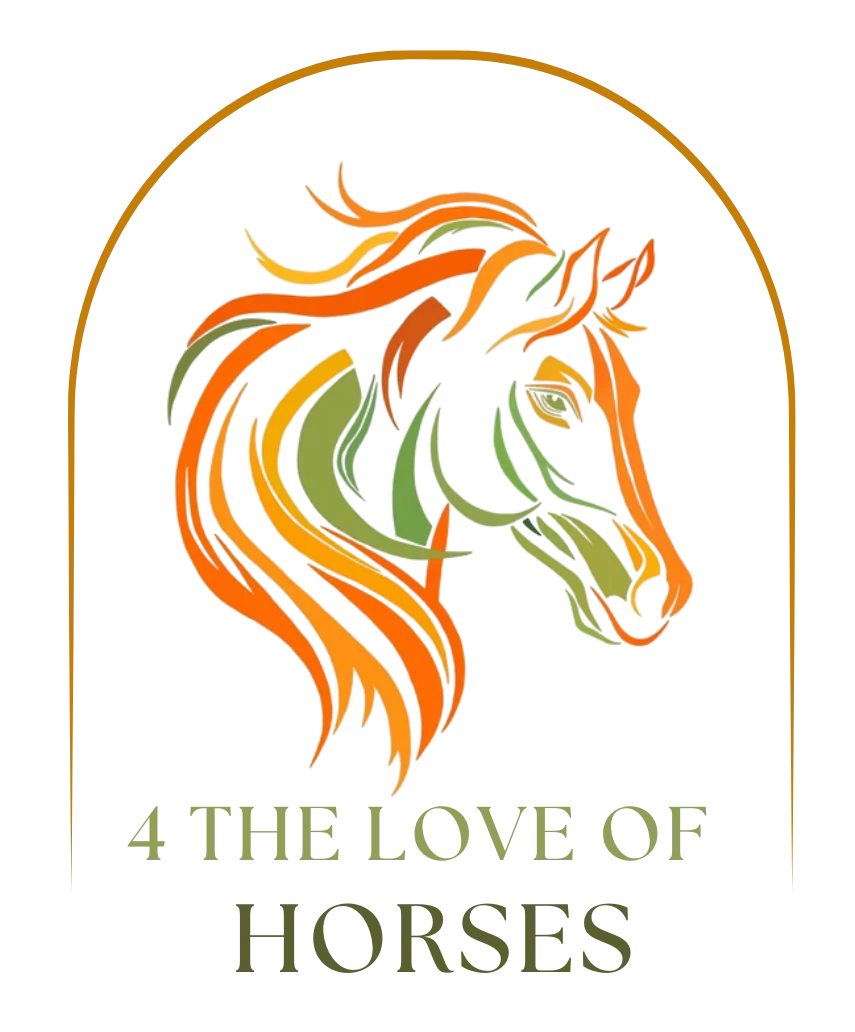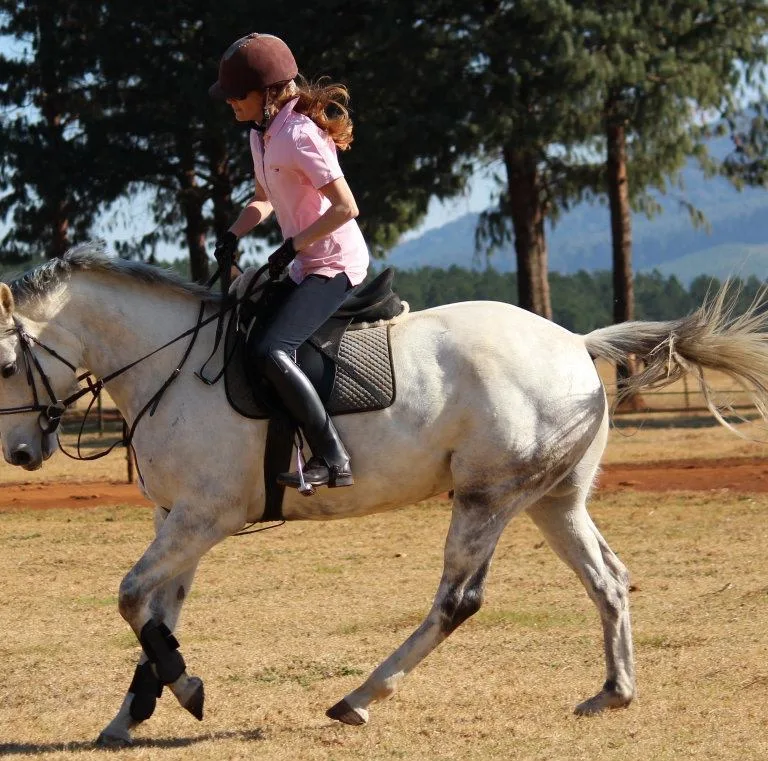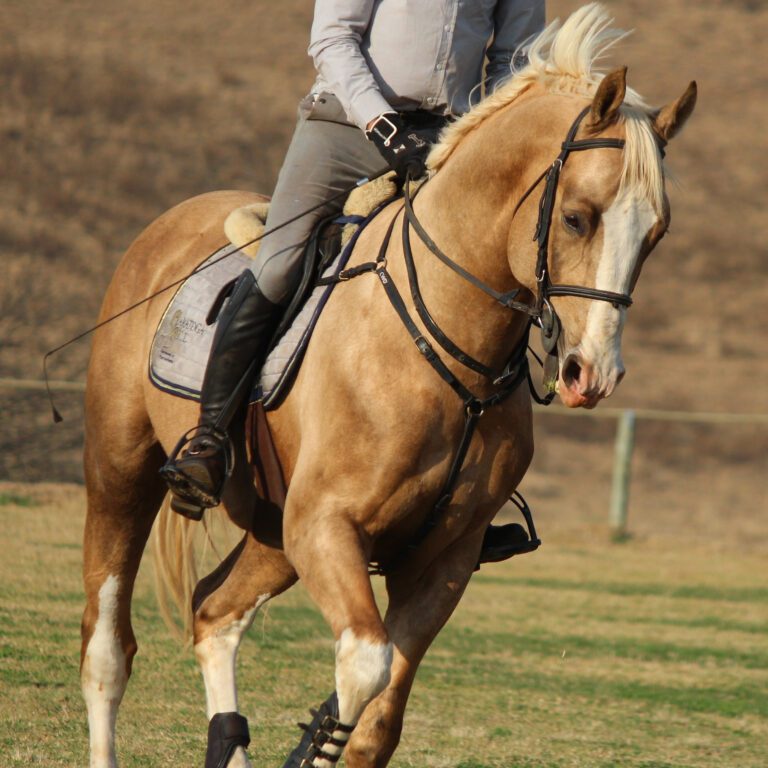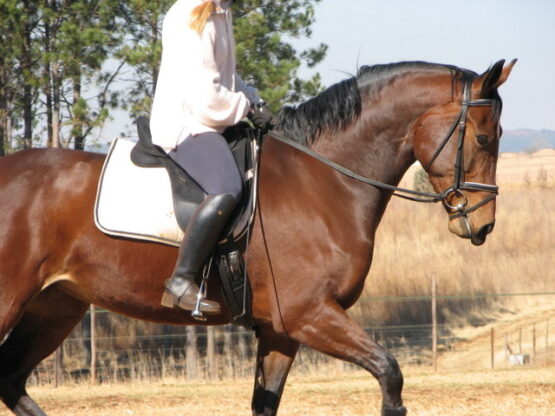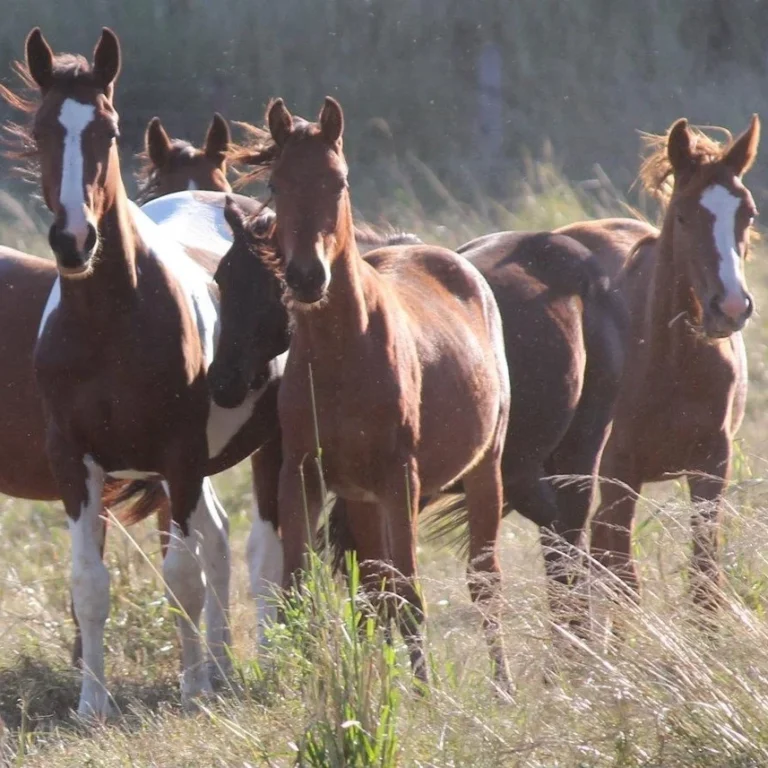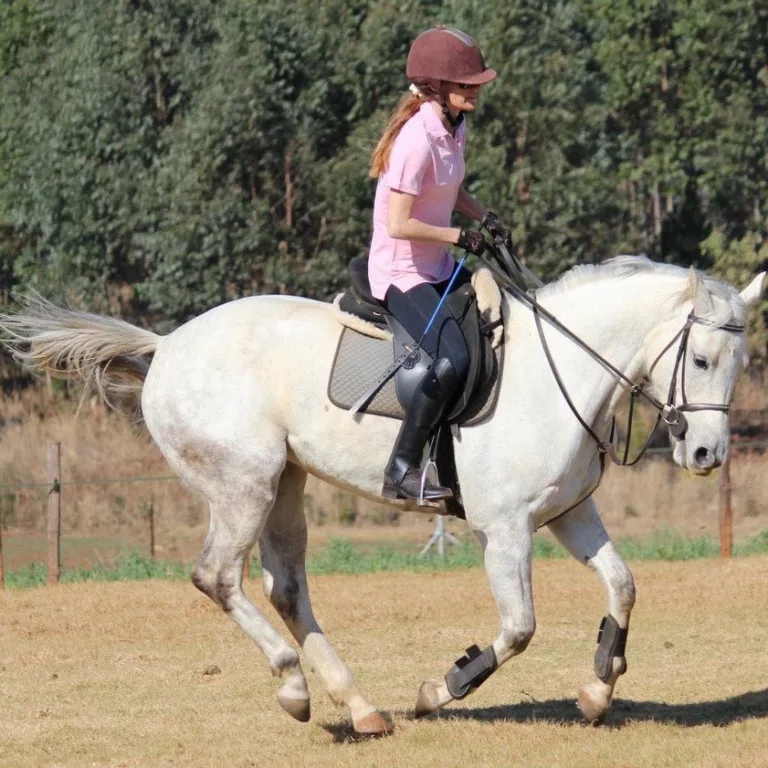The Many Wonders of Horses: 21 Facts That Will Amaze You
Welcome to the wonderful world of horses, where there’s always more than meets the eye! These magnificent creatures have been our loyal companions for thousands of years, and yet there’s still so much we don’t know about them. Did you know that horses can sleep standing up? Or that they have the largest eyes of any land mammal?
Well, buckle up, because we’re about to take you on a wild ride through 21 of the most interesting and unusual horse facts you’ve ever heard. From their unique digestive system to their impressive speed and strength, there’s so much to discover about these majestic animals. So grab a carrot, put on your riding boots, and let’s gallop through these fascinating facts together!

- Horses have 205 bones in their skeleton. Arabians have fewer ribs and lumbar vertebrae than is typically found in all other horse breeds. Arabs have 5 lumbar vertebrae instead of 6 and 17 pairs of ribs rather than 18.
- Horses have the biggest eyes of any land mammal.
- Horses have been proven to have very good cognitive abilities. It has been proved that their memories are outstanding. They do not only understand our words and emotions but they also remember us.
- They cannot breathe through their mouths, only through their nostrils. The reason for this is the position of their epiglottis which forms an airtight seal with the soft palate. While the horse’s food passes from the mouth to the esophagus, the passage of the trachea into the mouth is permanently blocked.
- They can sleep standing up or lying down. This is a survival adaptation allowing them to sleep standing up so they can be ready to run at the first sign of a predator. Their hind leg comprises of tendons and ligaments that connect the stifle to the hock and lock them in place. They do need to also lie down to sleep but take turns in the herd environment.
- They have 10 different muscles in their ears
- They have a nearly 360-degree field of vision which is nearly 4 times our visual range. They see the world very differently from us. Their depth perception and ability to see details is quite poor. They are very good at detecting motion which is why they have survived for millions of years.
- Horses cannot throw up. Their esophageal sphincter is much stronger in a horse than in most other animals making it difficult for it to open under backward pressure from the stomach. Because of this, we have to be very careful of what our horses eat. Horses have very sensitive digestive systems and are prone to colic which is every horse owner’s nightmare. Colic is the number one killer of horses.
- Male horses have 40 teeth when they are adults, while female horses have 36 teeth. Stallions and geldings get wolf teeth which need to be taken out before being ridden as they interfere with the bit and cause irritation. These little teeth were necessary for when their ancestors were little forest browsers and these teeth were needed to chew twigs and leaves.
- A horse’s heart weighs between 4 and 4.5kg and is the size of a basketball.
- The world’s smallest horse breed is the Falabella which ranges from 38-76 cm tall.
- There are over 600 horse breeds.
- Horses were domesticated around 6000 years ago. According to a 2012 genetic study horses were domesticated at various locations across the Eurasian Steppes around 6000 years ago. Today we know these territories as southwest Russia, the lowlands of Ukraine, and West Kazakhstan.
- There are around 60 million horses in the world today. Horses can be found on every continent except Antarctica. The United States has the most horses of any country in the world followed by China.
- Horses that live in a herd always have a guard on duty. One horse will always be on the lookout for danger while the others in its herd are resting, grazing, or sleeping. A herd is usually made up of one stallion, a few mares, and their foals. The stallion will fight for its mares against any other stallion and the mare guides the herd to water and the best pastures and looks out for any danger.
- A horse cannot have an empty stomach for long. If they do not have food for prolonged periods of time they will develop stomach ulcers. This is because the accumulated stomach acid which is meant to break down food particles will start to break down their stomach lining.
- The horse’s hoof has a triangular area in the middle of it called the frog. This is the shock absorber for the whole leg of the horse, this frog is designed to absorb and disperse shock through the horse’s joints and bones from the concussion of the horse’s foot landing on the ground.
- The longest horse race is 1000km. This is the annual Mongol Derby and stretches across the Mongolian steppes. Around 45 competitors set out on this each year to race on native-bred horses. The race consists of 40 km long sections where at the end of each section the competitors will change horses. The sections have to be completed completely on horseback, if you fall off near the end you have to go all the way back to the beginning and start the race over. This is the ultimate survival race where the horse and rider have to rely on each other. Most people train for years before taking part in this once-in-lifetime adventure.
- Horses produce about 10 gallons of saliva a day and drink at least 5 gallons of water a day.
- When foals are born their hooves are covered with a soft tissue to stop them from damaging their dam’s birth canal. These are called foal slippers.
- Twins are very rare in horses, horses are not built to carry twins as they only have one placenta. Horses are often scanned to confirm a pregnancy and if the vet sees two pregnancies they will squeeze one pregnancy so the mare carries one foal. There are rare stories of twins surviving – Read here for our twin story.
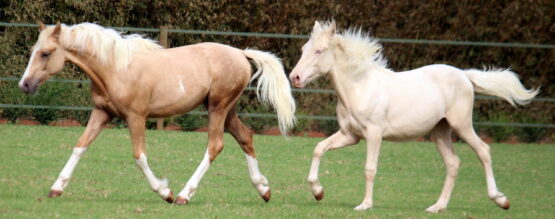
For more fun facts about horses

10 Facts about Horses – FOUR PAWS Internationa10 Facts About Horses · There are an estimated 60 million horses in the world, combining wild and domesticated horses. · Size – with more than 400 breeds …
